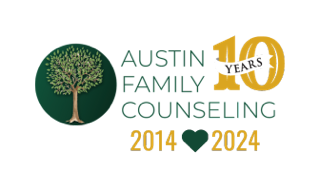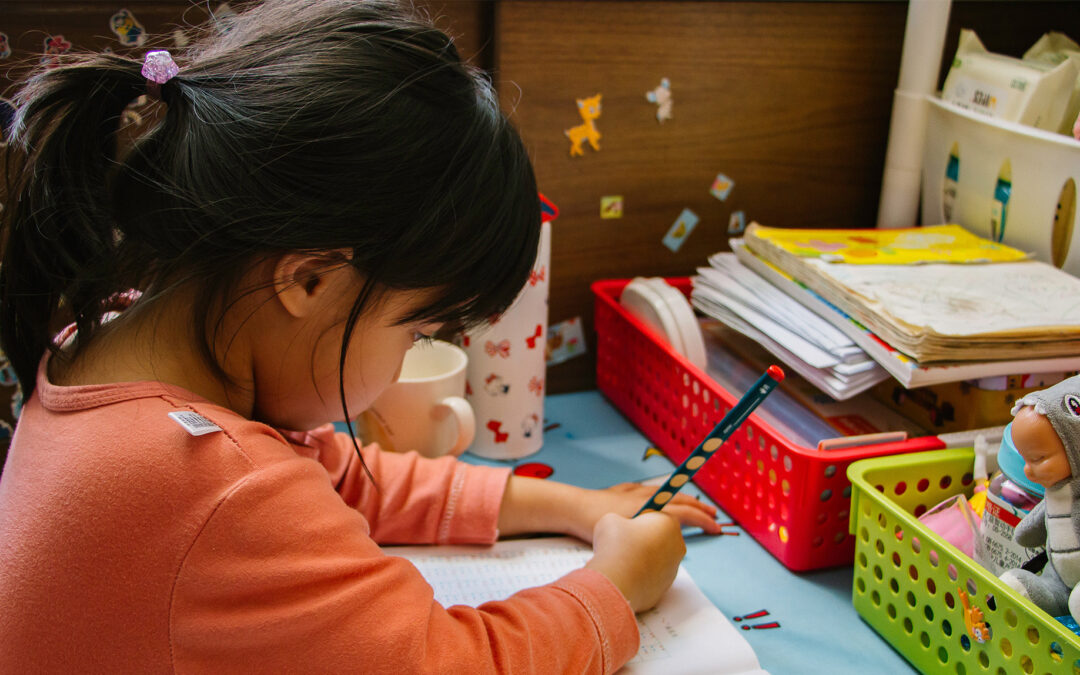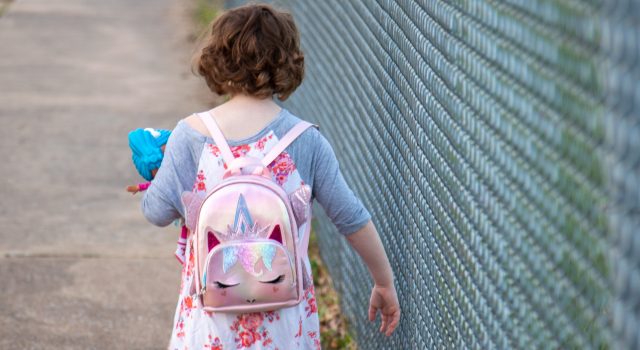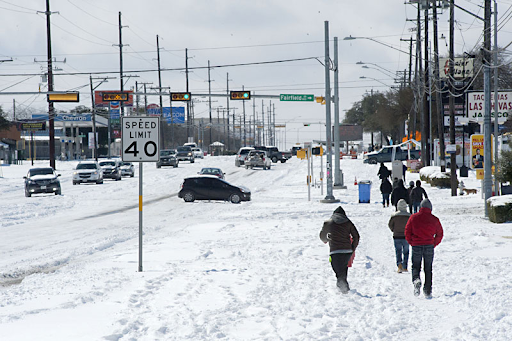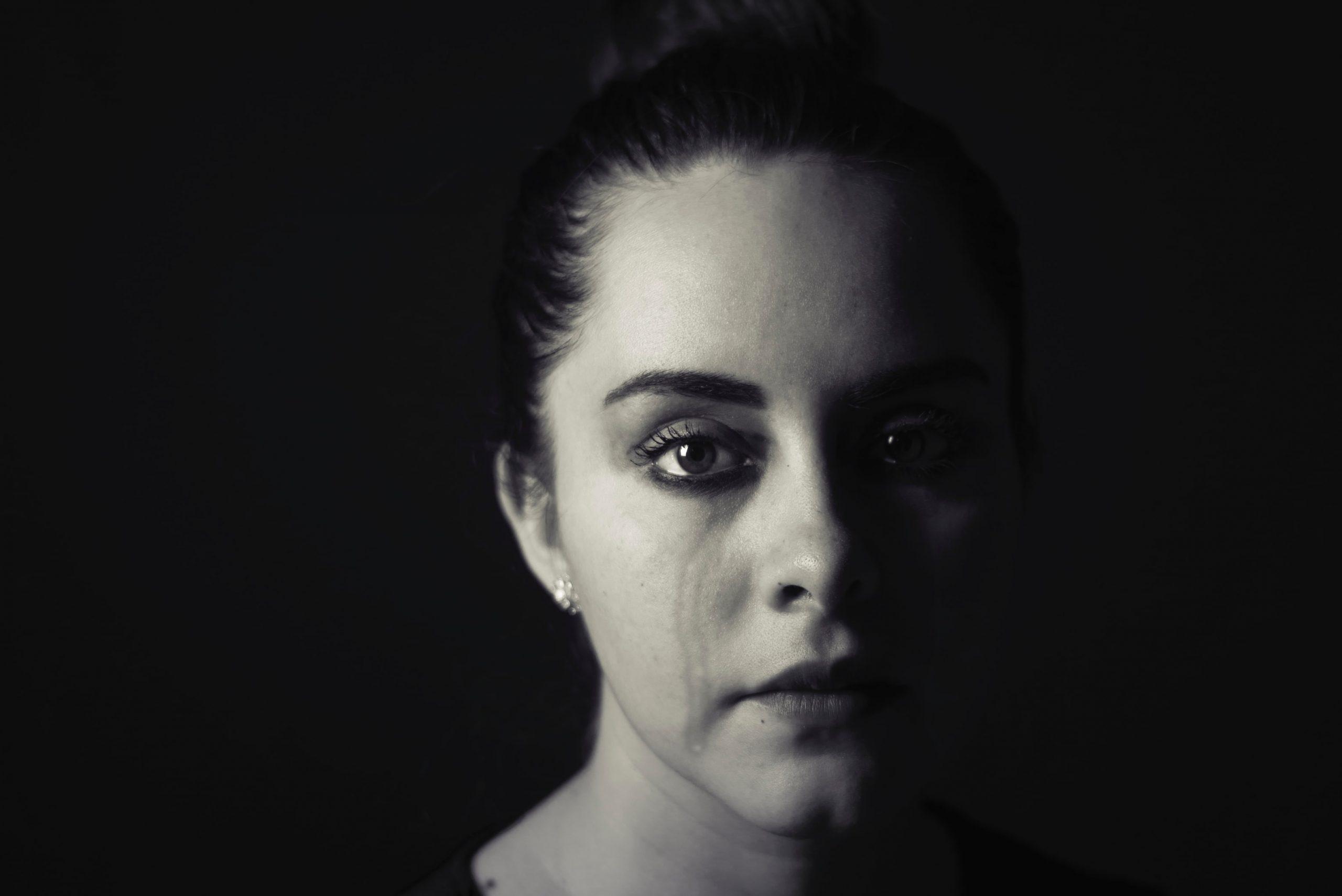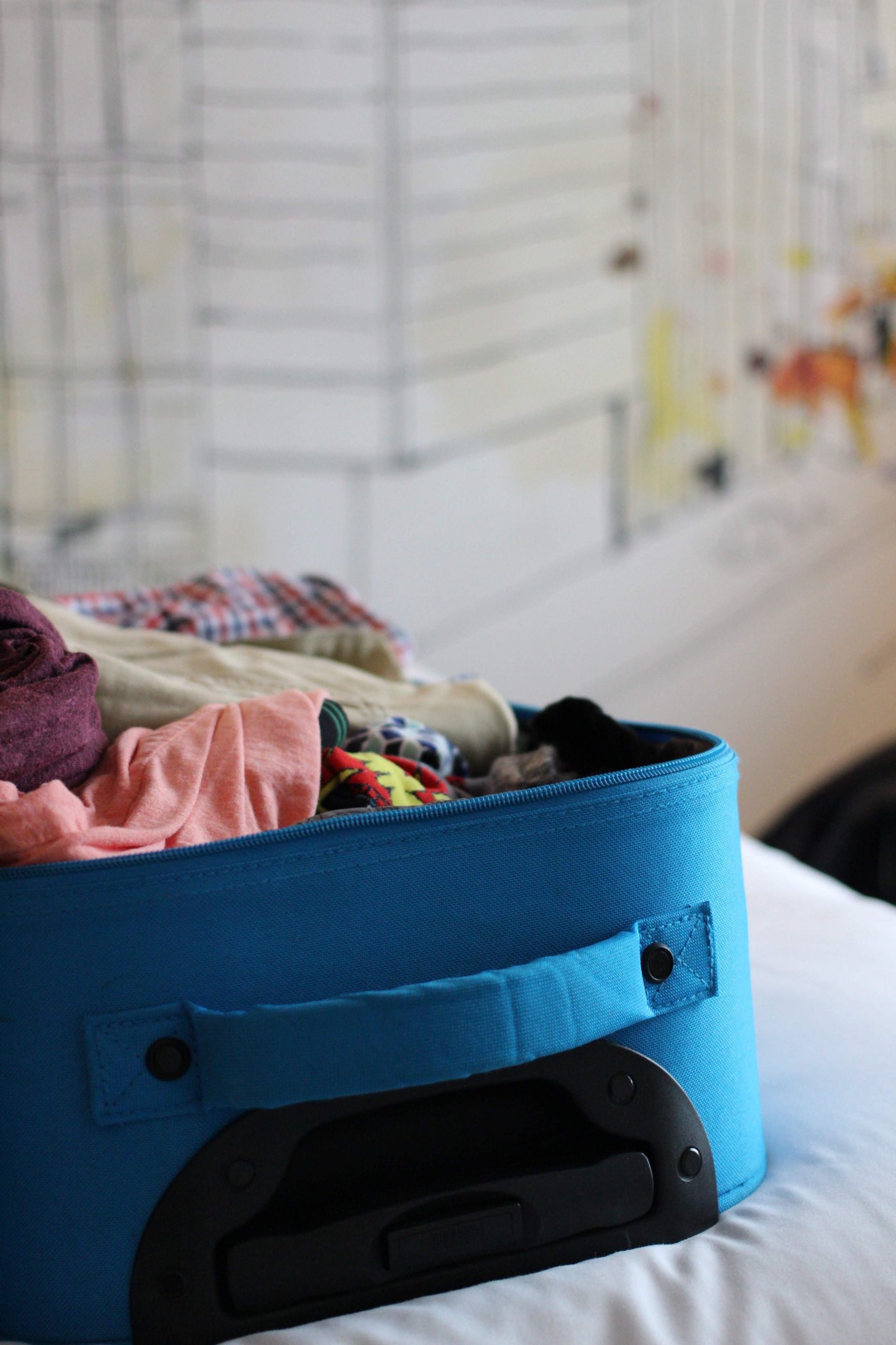Watching life happen through your child’s eyes and teaching them about the world can feel exciting and fun. However, it can also feel overwhelming or even scary at times, especially when it comes to helping them navigate their sexual development. As parents, we move into our responsibility of teaching our children about the world and how to navigate challenges, but when it comes to sexuality, it can feel uncomfortable. If sexual development is one of the most important and wide-ranging parts of life, why do many of us fear navigating it with our children?
Perhaps it was never openly discussed in your family, so it feels more comfortable to uphold the secretive attitudes around it. According to Dr. Jane Nelsen, author of Positive Discipline, this can lead to misunderstandings and possible shaming. For example, she discussed that many parents don’t have enough knowledge about human behaviors and child development whereas developmentally appropriate behaviors may be viewed as misbehavior. Based on your developmental journey, you may have some of your own challenges with sex, making it more terrifying to talk about it with your kids. You may even have some deep-rooted thoughts of sex being shameful or dirty, so you’re left wondering: how can I navigate this with my kids in a positive way without creating shame and guilt?
The Sexual Development Process
It is important to note that a child’s sexual development is so much more than sex. Their development bores out of the attachment relationship they had with their caregivers beginning at birth, connecting a physical association with being loved and intimate. As a child develops, they are constantly interpreting messages and learning social norms and appropriate expectations, shaping their actions, attitudes, feelings, interactions and behaviors.
Since learning during these formative years sets the stage for your child’s adult sexuality and their relationships to others, it is vital that parents understand normative, sexual behaviors within their child’s developmental process to avoid creating shame around healthy, age-appropriate behaviors. In turn, more knowledge may bring healing and comfort to your past experiences and positive attitudes into your child’s process. This will support your child with learning healthy actions, attitudes, feelings, interactions and behaviors in confidence and safety within their bodies.
Healthy Childhood Sexual Development
| Stage of Development | Common Behaviors | Encouraging Healthy Development |
| Infancy (Ages 0-2) | •Natural to explore and have curiosity about their body, including genitals, “Who I am in relation to this body attached to me?”. •Sensory is the highest form of information gathering: touching their genitals, including masturbation, in public and in private •No inhibitions around nudity •Attachment and positive physical association with being loved and intimacy | •Teach correct names of body parts, such as penis and vagina •Explain basic information about the differences between male and female anatomy •Help children begin to understand how to interact respectfully with peers of the same age •Provide very simple answers to questions about the body and bodily functions |
| Early Childhood (Ages 2-5) | •Occasional masturbation as a soothing behavior rather than for sexual pleasure. It may occur publicly or privately. •Consensual and playful exploration with children of the same age. This could include “playing house” or “playing doctor”. •May ask questions about sexuality or reproduction, such as, “Where do babies come from?” •May show curiosity in regard to adult bodies (e.g., wanting to go into the bathroom with parents, touching women’s breasts, etc.) •Continued lack of inhibition around nudity. May take-off their diaper or clothes off •Uses slang terms for body parts and bodily functions | •Provide basic information about reproduction (e.g., babies grow in theuterus of a woman) •Encourage a basic understanding of privacy and when things areappropriate and inappropriate •Explain the difference between wanted and unwanted touch. For example, a hug that is welcome and positive versus one that isunwelcome and uncomfortable. •Teach children about boundaries. Let children know that their body belongs to them and that they can say no to unwanted touch. |
| Middle childhood (Ages 5-8) | •Continued use of slang words, “potty humor” or jokes to describe body parts and functions •Deeper understanding of gender roles. May act in a more “gendered” manner as expected behaviors and norms associated with gender are learned (e.g., girls may want to wear dresses). •Sex play or activities that explore sexuality and bodies may occur with same- and opposite-sex friends •Masturbation. Some children may touch their genitals for the purpose of pleasure. This happens more often privately rather than in public. | •Promote a solid understanding of gender and how children experience their gender identity. Children who identify as transgender or gender non-conforming will experience this also, but can face confusion and may need increased support from adults. •Explain the basics of human reproduction, including the role of vaginal intercourse. •Talk about the physical changes that will occur during puberty. •Explain that there are different sexual orientations such as heterosexual, homosexual, and bisexual. •Teach that masturbation is something that occurs in private. •Educate on personal rights (e.g., “your body belongs to you”) and responsibilities (e.g., treat boys and girls equally) related to sexuality. |
| Late childhood(Ages 9-12) | •As puberty begins an increased need for privacy and independence is often expressed. •Interest in relationships. May want to have a girlfriend or boyfriend. •May express curiosity about adult bodies. This could involve the child trying to see people naked or undressing or involve looking for media (such as TV, movies, websites, and magazines) with sexual content. •As social norms around masturbation become clearer. Masturbation will likely occur in private. | •Provide ongoing information about the physical aspects of puberty and changes in their body. •Educate children on the social and emotional aspects of puberty. Help to normalize the new emotions and needs that they may be experiencing. •Provide age-appropriate sexuality information and basic information about sexual behaviors and sexually transmitted infections, etc. •Encourage critical thinking and build the skills to differentiate fact from fiction in media images and representations of sexuality. •Support them in understanding they have both rights and responsibilities in their friendships and relationships. Encourage characteristics of healthy friendships and relationships. •Support their emerging voice as they assert personal boundaries, setting the stage for empowerment and letting them try roles out. |
| Adolescence(Ages 13- 18) | •Puberty brings rapid physical growth and body changes, which can create body image issues. This is truefor most adolescents, but especially for transgender youth. • Increased interest in being seen as physically and sexually attractive. •Hormonally and biological experience: getting used to a maturing body and new feelings, including an emerging sex drive and feelings of love or desire. This can be exciting and stressful for youth of all orientations •Increased sense of modesty or shyness and need for privacy. •Concern about feelings/behaviors being “normal.” •Development of personal identity and independence: “Who am I?” Trying out different clothes, friends, and interests to find their identity. •Separation form childhood with a desire for parents to be less involved. •Peers are most influential and peer group socializing is very important as it provides opportunity for youth of all genders to interact. What am I going to tolerate? What am I interested in? How do I have a voice? | •Provide age-appropriate sexuality information on such topics as consent, reproduction, healthy relationships, sexual orientation & gender identity, boundaries, body image, and pregnancy prevention, and sexually transmitted infections. •Provide empathy within their experience: it is an uncontrollable process as their body changes and the new emotions and needs that they may be experiencing. •Support adolescents in understanding they have both rights and responsibilities in their relationships. Modeling characteristics of healthy relationships. Intervening and providing guidance when characteristics of unhealthy relationships and/or sexual violence occur. •Help build critical-thinking skills to separate fact from fiction in media, such as TV, music, video games, pornography, and other depictions of sexuality. •Create space to build connection and trust so they have an opportunity to share experiences and emotions. Start an open and honest dialogue, ask questions, listen to understand and connect with emotion rather than offering advice. “”I can see how that can feel frustrating… tell me more””. •Encourage independence while setting clear boundaries. |
Although other normative behaviors are worth noting, this chart can be used to support you with understanding some of your child’s typical exploration behaviors. It may still leave you wondering if some of your child’s behaviors are appropriate or healthy, but since every child’s developmental process is specific to their growth process, it can be challenging to distinguish.
Being that exploration and curiosity tend to be a common theme throughout the developmental process, looking at the motivation behind your child’s behavior is important: Are they spontaneously exploring? Is it mutual and non-coercive when it involves other children? Do they respond to your correction after the behavior is done? Does it involve more advanced sexual behaviors such as intercourse or oral sex? If this leaves you with concerns or questions, the Association for the Treatment of Sexual Abusers (ATSA) can provide more, detailed information related to appropriate and inappropriate sexual behaviors. In addition, seeking advice from a professional who can support you is also available.
As a therapist supporting individuals through their unique journeys, I have found this topic very close to my heart. If you personally have any experiences that are creating unhealthy emotions, thoughts, or sensations and would like support with reprogramming, I would love to connect with you. As Terry Real, an internationally recognized family therapist, once said, “Family dysfunction travels like wildfire from generation to generation until one brave soul turns around to face the flames. That person brings peace to generations who came before them and spares the generations to come.” Healing yourself may be exactly what your child needs.
References:
Association for the Treatment of Sexual Abusers: Report of the Task Force on Children with Sexual Behavior Problems (2006)
https://www.atsa.com/pdfs/Report-TFCSBP.pdf
National Center on the Sexual Behavior Of Youth (2023)
https://www.ncsby.org/content/introduction
National Sexual Violence Resource Center (2013) https://www.nationalcac.org/wp-content/uploads/2016/08/HealthySexualDevelopmentOverview.pdf
National Sexual Violence Resource Center (2014)

